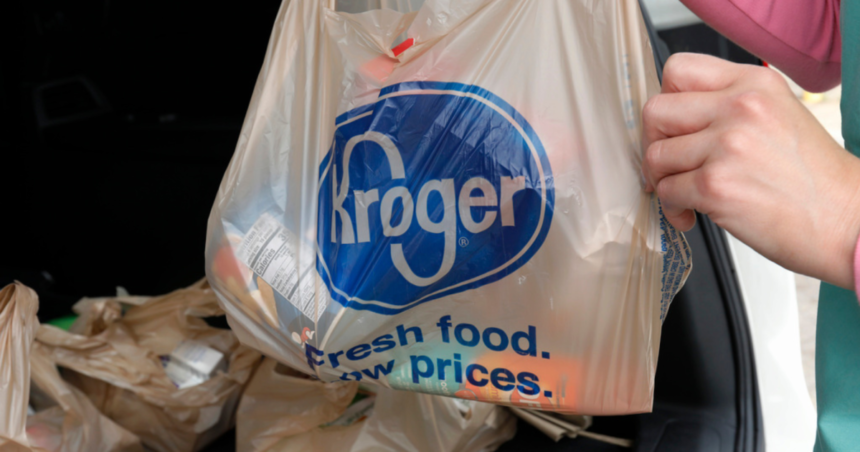Shoppers at the grocery store have seen some relief in recent months, with either falling or steady food prices. According to the Consumer Price Index, the price of fresh fruits and vegetables was down 1% in June compared to June 2023.
However, the relief at the grocery store hasn’t been matched by relief from the heat. According to NASA, July 22 was the hottest day on record, with record-breaking heat impacting various aspects of life, including farmers.
The intense heat is causing fruits to ripen faster and shrivel in certain areas, impacting crops like table grapes and blueberries, according to an economist with the American Farm Bureau Federation. At Baugher’s Market in Maryland, the heat is also affecting foot traffic for “pick-your-own” activities.
Ohio State University agricultural economist Seungki Lee highlighted the added stress on plants due to extreme heat, mentioning thresholds where plants may struggle to survive or be as productive.
Despite the challenges, there is still some positive news in agriculture, with crops like corn and soybeans looking decent despite the hot conditions. The heat even has a silver lining for fruits, improving their sugar content.
It’s not just the heat impacting food prices: wet conditions, wildfires, and invasive species can also contribute to price increases, according to the Farm Bureau.
Overall, the extreme heat is challenging farmers worldwide, impacting prices and market dynamics. While there are challenges ahead, there are also opportunities for innovation and adaptation in the agricultural industry.





